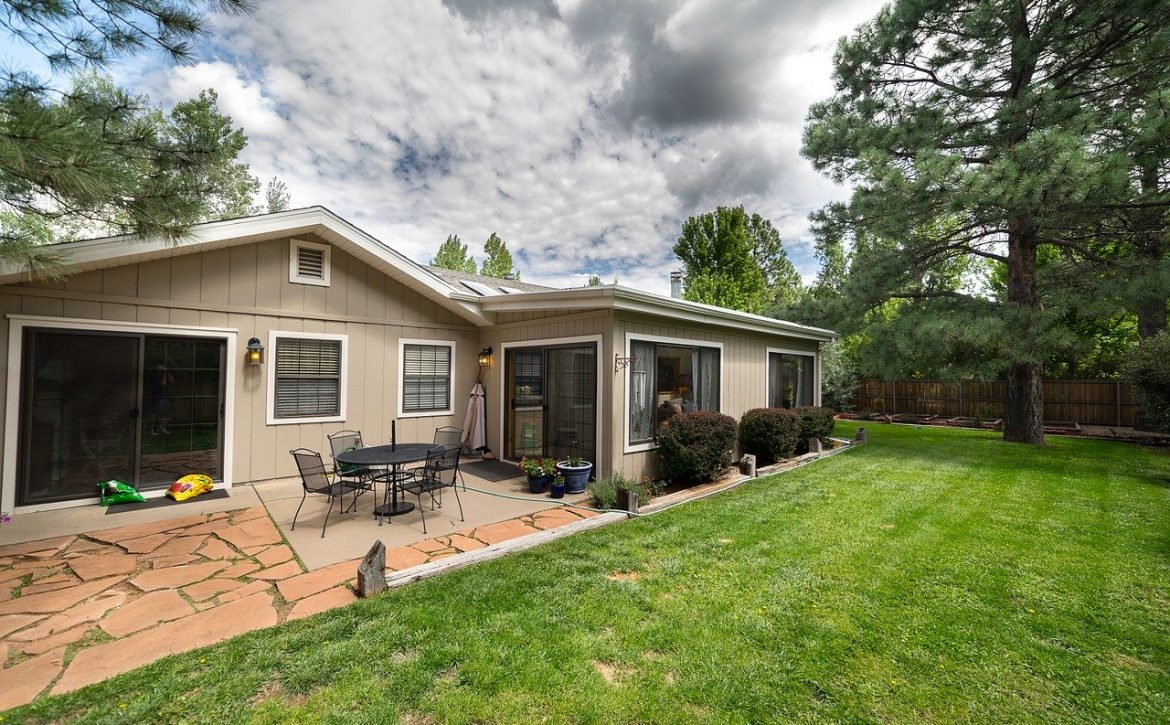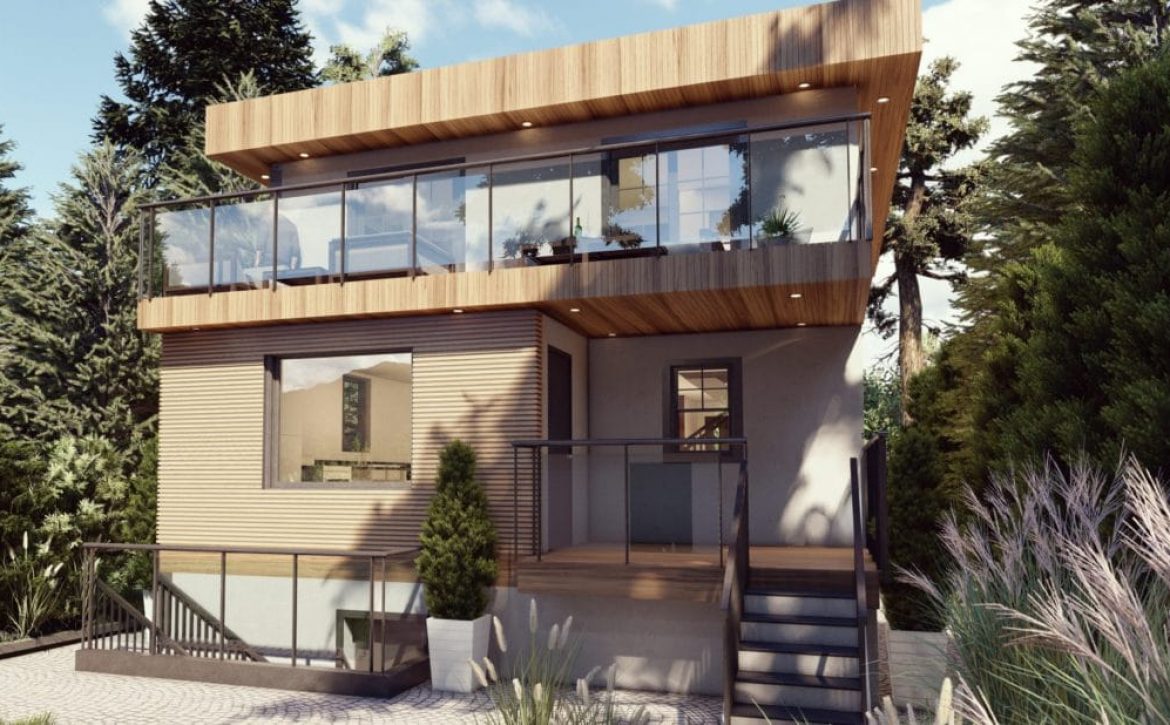BC Electrification by 2030. How would affect your home?
Home electrification by 2030
Home electrification by 2030
Decluttering and organizing our storage space helps more than just our mental health. It also makes the home safer by decreasing the chance of injuries and falls. The older you become, the more critical it turns.
When you have a clean home and organized kitchen, bathroom, and bedroom, you stimulate your brain in a healthier, more free manner. Your eyes roam undisrupted, which helps you to focus. Consequently, you enjoy your life more.
Getting rid of the excess things can be stressful, but having them all around is worse. A middle solution? Upgrade your storage space and introduce some smart storage solutions. It will reward you with an opportunity for a fresh start.
There’s a vast number of reasons why we have clutter. Impulse shopping, emotional emptiness, collected memories… “I might need it,” “Soon the things will change,” “I will lose weight and wear it again” – we all know the same all song.
Since the pandemic started and staying at home became the part of “new normal,” the chances are that your living space:
Now the times are changing, and life is gradually going back to “old normal.” Perhaps it’s the best moment to deal with everything that has been standing in your way for months and months? Making a fresh start is beneficial, and not to mention that it feels so good.

The most common psychological effect of clutter is stress—no need to say how it affects our health. The constant hassle of dealing with the mess and lack of organization can rocket your cortisol levels sky-high. Consequently, it provokes structural changes in our brain, inducing long-term sensitivity to stress.
An organized home is a sign of an organized mind. Conversely, cluttered environments send a message of inadequacy, incapability to keep things under control – there’s a reason why cluttered homes are commonly linked to depression. And then there is another price: a messy house can cost you social life in more than one way.
We get a lot of energy from our environment and the impulses it creates in our brains. It’s impossible to properly relax in a chaotic atmosphere. Even if you feel like it happens, your brain knows the difference. In the same way the sterile room can feel uneasy and awake the sensation of emptiness, a messy place will make you feel tired sooner than later. Finally, you will not have enough motivation to do the things you want, in return feeling lazy and less worthy.
If you want to produce something new or move yourself to the next level in some area of your life, dealing with organization and storage is the ideal base. As the first step, ensure that no excess clutter will stand in the way of a change that you want to experience.
Clutter is tremendously distracting. Instead of focusing on one thing, it keeps your brain in a constant multitasking mode. Now, why is that bad? First, it’s very tiring. Secondly, it prevents you from finishing one big thing by scattering your mind and body over a dozen of tiny ones. And finally, you will give up easier due to feeling overwhelmed.
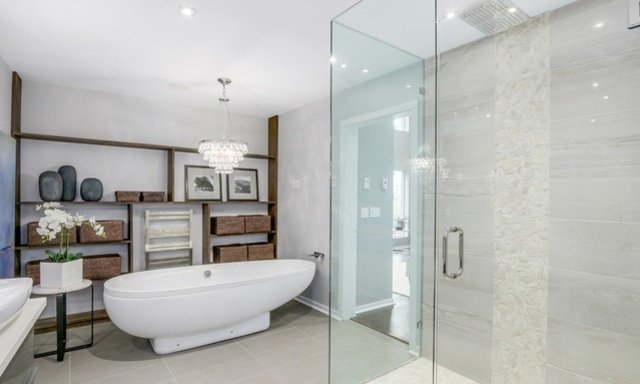
Adding storage in dead-ends, empty corners, and under the stairs is a great idea. Hidden cabinets, built-in shelving, and pull-out drawers hide the world of new possibilities. Built-in shelves can work well both functionally and aesthetically in many places. Think about having them around doors, a TV area, or at the sides of a fireplace. If you want to create a room divider but are not ready to commit (let’s say you need it for a temporary home office), shelves are a brilliant idea. Make it a bookcase, or fill them up with decorative boxes to get even more storage options.
Another great, multifunctional solution is a bespoke bench. These handy items can fit into any corner or under a window, providing hidden storage AND an extra sitting place. Consider a custom-sized bench at your foyer, and have a comfortable space to put your shoes on and store them after use.
A laundry room can become a hobby room and a mudroom. Cover the walls with ceiling-high cabinets and shelves for storing various supplies, as well as shoes, coats, umbrellas, bags, and much more. A corner for showering your pet after a walk would also fit there perfectly.
Some creative ideas might be of use if you don’t want to invest in a full remodeling. Are there any cabinets and closets that you don’t really like or use much? Repurpose them in a mudroom. You won’t have to look at them all day, and they will save you the cost of buying new stuff. An old ladder is perfect for doubling as a shelf. Even better, hang them high, horizontally oriented, and you will get a new, chic place for drying washed clothes.
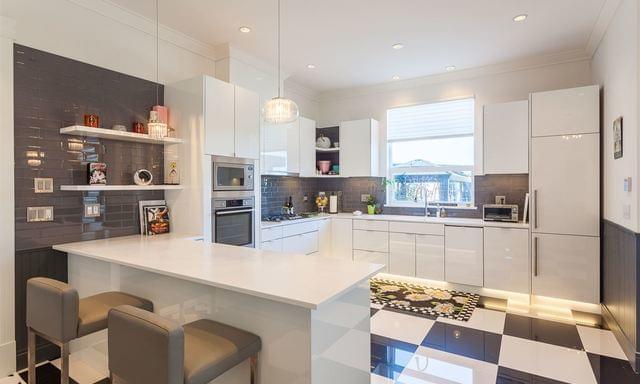
If you’re thinking about kitchen renovation, consider new floor-to-ceiling cabinets with a variety of storage options. Pull-out drawers of different depths, sliding baskets, dedicated, convenient spots for cookware, and more – every thoughtful detail will enhance your cooking experience and out more pleasure in the process. The best part? You can use tall, narrow spaces to install high cabinets with shelving for small items that often drag all around, such as spice jars, cans, and backup supplies.
Removing walls and opting for an open space living area (including kitchen) will also help you declutter and become better organized. First, it will improve your habits. Second, in place of a wall, you will have a kitchen island with abundant storage options, customized to fit your needs. You can even sneak in a wine bar or something similar.
If your floor space is limited, consider a corner dining place with built-in benches that can, again, double as hidden storage for kitchen towels, table cloths, and many more. Alternatively, you can free up some counter space by using that corner for a small floor-to-ceiling pantry with drywall and shelving, instead of a dining area.
A few lucky ones enjoy unlimited floor space in a bathroom. For the rest, it takes a bit of creativity and a great designer to perform magic. Start by thinking vertical instead of horizontal – floor space might be scarce, but there is so much more of it all over your walls. Instead of freestanding cabinets, opt for recessed ones. Wall-mounted shelves and cupboards offer a plethora of bathroom storage possibilities. Hung within reach, they allow effortless access to all kinds of items, from hairbrushes to towels and bulky bottles.
Replacing the standard bathtub with a walk-in shower is one of the best moves you can make when remodeling your bathroom. It saves floor space, but there is much more. Transparent glass dividers make the room look and feel more spacious. The effect is even stronger if you use the same floor and wall tiles all over. Also, accessibility is essential in some cases, like when you’re remodeling to adapt the house for aging-in-place. A walk-in shower is a breeze to use.
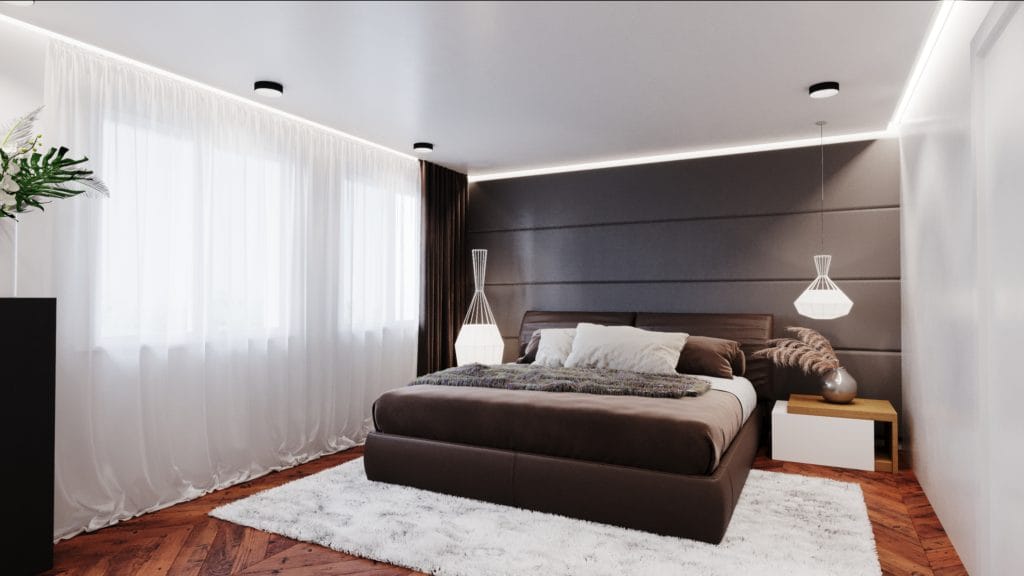
Even if you are not the type who leaves clothes everywhere – in a bedroom, there is always something that could be tucked away. Moreover, out of all rooms in the house, the bedroom is where you really shouldn’t have any visible excess if you aim for a healthier life. Even when you sleep, a part of your brain works. That means a part of you is always aware of the surrounding scene at all times. Furthermore, that also means anything can affect it enough to disturb your sleeping sequence.
If you have enough floor space to use, think about hidden storage behind the bed, all over the wall. Better said, create a new, “fake” wall in front of the existing one. It will help to keep the room looking clear and free, while holding a ton of hidden compartments at the same time. Alternatively, think of a gallery bed. Lift it up to create more visual dynamics in the interior, and use the space below to slide in some large drawers.
Being limited in floor space means using all you can to make storage. That also means you may be wasting some precious areas on conventional solutions. A standard door might be limiting your possibilities with the way it moves. Have you thought about switching them for a sliding model? Yes, it requires some wall, but that doesn’t mean you can’t place a cabinet in front.
Once you have a place for everything and everything in its place, you will probably notice several things at the same time. Dopamine will replace cortisol. You will feel accomplished and ready for more. Moreover, your focus will noticeably improve, as well as the productivity. One thing will boost another and, before you know it, you will be leading a healthier and happier life.
If you are ready for the next step but need more professional guidance in order to make the most of what you got, contact us and schedule a consultation. We will offer customized solutions, tailored personally for you, your home, and your lifestyle.
– I dream of renovating but am not sure if I can afford it.
– Yes, I know what you mean; it’s easy for so many people who have unlimited cash or enough savings to run their project in any way they want!
Really? I am a Home Designer, and I don’t know anyone like that!
Most of the people I came across don’t know much about the construction costs, nor haven’t set a budget for their project. Even better, they have no idea where the money would come from!
Before you start any construction project, it’s essential to get a clear perspective of your budget and how much you can pay for your renovation or custom home building. Better said, to finance your construction project, you need to be prepared to stretch and to know precisely how far you’re ready to go.
I see many of my clients taking their project and asking a builder to provide them with an idea of the cost. Without a plan or drawing in hand, how could anyone expect the contractor to give an even remotely accurate estimation?
Firstly, try to have an idea about what you want to do, even a basic one. Secondly, make sure to consult an experienced designer who will understand your needs and properly involve. Share your dreams and ideas of the renovation or custom home with a designer who knows their job well.
An experienced home designer can offer you a reliable plan to develop based not only on your dream but also the approximate cash availability. Only after that you can decide how to finance your construction project.
These are some options you can look at:
This is the most reliable way to finance your construction project, as long as you have enough money sitting in your account. The best use you can put it in is your overall life improvement.
Many of my clients, who want to add a secondary suite to their property for the purpose of creating an extra income, rely on this idea. They borrow from their siblings, children, or parents to build a laneway home or an ADU, and pay them back in installments as the investment starts to pay off.
This way they don’t have to go through getting approval from a financial institutions. But what if you don’t have someone to borrow money from? That where you should get creative!
If all of the above fails, there are still many additional ways to jump over the financial obstacle. Some people dream of building a single-family home, and they don’t want to live in a condo. Usually, they team up with a friend and buy a duplex or a single-family house with ADU. This way, they can share the cost and still get their own paradise, avoiding significant debt along the way.
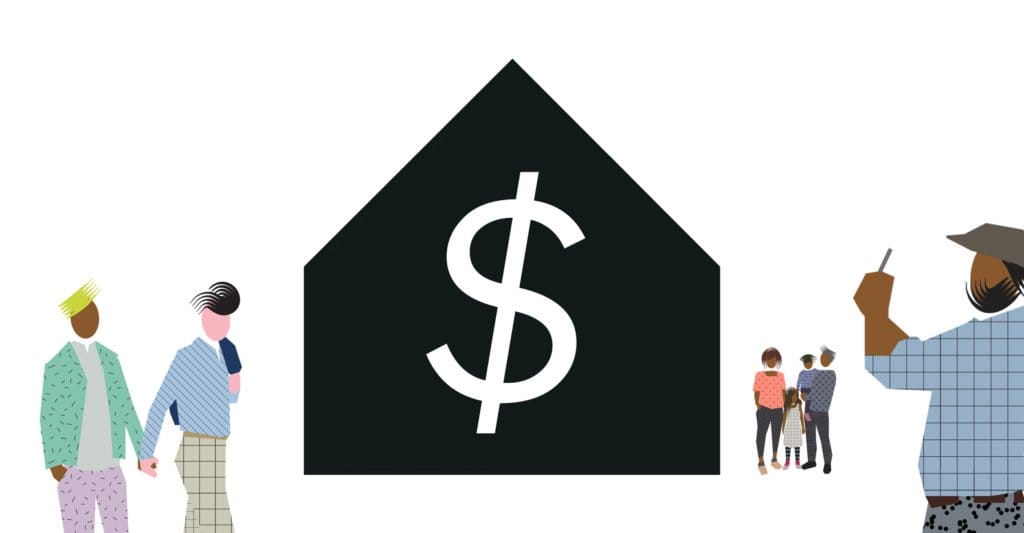
Just the other day, a client called me to discuss the idea of building a duplex in Vancouver. She had it arranged with a friend to purchase a lot, build a passive house duplex, and share the cost so they can own a great affordable home, each on its own side. After calculating their budget, I told them the money wouldn’t be enough to finish the project in the way they want. But the solution was easy—they can apply for a construction loan, which I will explain next.
Since each unit would have a secondary suite, the money they could collect from the rental could easily pay for that loan. After several years, the loan will be paid off in full, leaving them with an extra source of income.
Now, I am aware that my readers come from different regions, but most places have collected equity over the years. If the property you own doesn’t have any mortgage, there’s a good chance that the bank will grant a loan or refinance the house. The same applies if the mortgage amount is less than 30% of the house market value. Naturally, as long as you meet their other criteria and credit requirements.
If you plan to renovate your house, you can ask your designer to draw the plans and have the contractor write an official cost estimate for you. Next, you have to present your project with the estimated cost and timeline to the financial institution’s representative. Banks love to give loans as it allows them to collect interest. However, for the same reason, they have to make sure that their money is safe, granted to a reliable person.
If you are planning to build a new house, however, the scenario is a bit different. I had a client who bought a lot and paid a 40% down payment. He also had some cash aside, ready for starting the project. He hired me to design the house and help him to manage the builder and all trades for him. While revising, I found out that he didn’t have enough money to finish the project after all. The next step was to help him apply for a construction mortgage.
We finished the house’s framing, installed the windows and exterior doors, and fixed the roof membrane. This stage of the building is called “luck-up.”
This is where I introduced him to a bank rep and presented the bank with the drawings. We went over the total construction cost, the amount that has been spent to that point, and the estimated value of the house after the finish. The bank sent an appraisal, and I had to present the same documentation to him, now for his approval. After the assessment has been done successfully, the bank granted my client the money he needed to finish his project.
If you think you need help with a similar process call me to discuss further at 604-929-6696.
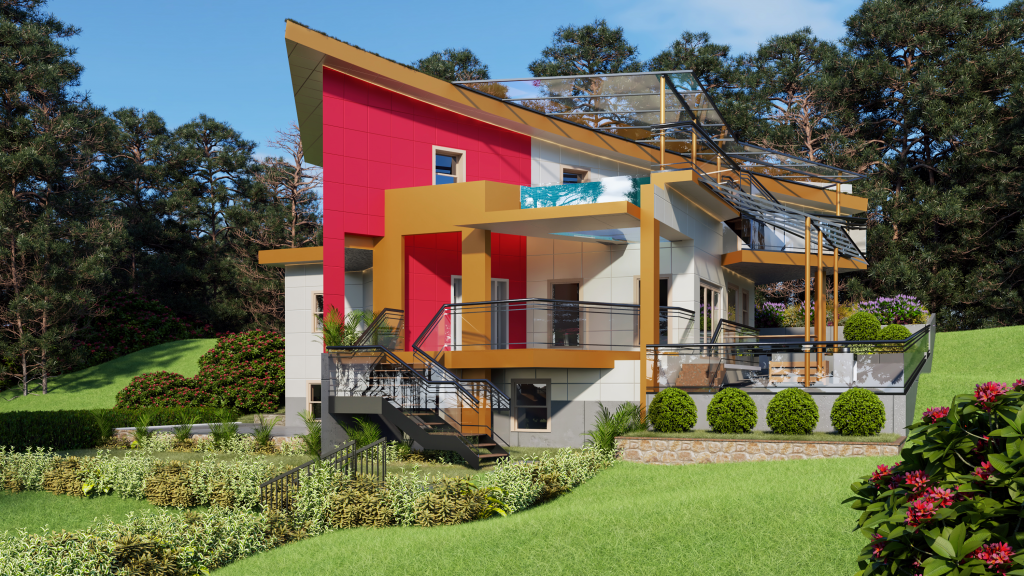
Firstly, you can take advantage of the low-interest rate and use it to upgrade your project further. That is particularly convenient if you have the potential of implementing a rental suite within your project. The income you collect from the rental unit will pay for the mortgage.
I understand some people are afraid of going under any dept. Like another client of mine, who could have been easily approved by the bank for the entire renovation of his house. The only problem? His wife was against any loan or mortgage. So they ended up living in their run-down house for the rest of their lives.
A construction loan is a segment of short-term loans, tailored specifically for use by an individual home builder. Construction loans serve to finance your construction project of either building a new home or renovating the existing one.
Construction loans are not supposed to cover the entire cost of the project. Instead, those are used as a temporary financing bridge that can cover the missing part of the budget during the build time. Typically, after the construction is complete, the homeowner will obtain a longer-term solution. The options include refinancing the existing construction loan and transition to a conventional mortgage.
It may happen, though, that a bank considers your construction project as a risky investment. In that case, you may still get the money, but the interest rate will likely be somewhat higher. Also, such a loan will feature strict terms that you must adhere to, like paying off in entirety by the time the construction is complete.
A construction loan comprises one application and one closing. Those cover the construction phase and the permanent financing.
It can start with the initial loan payment you need to purchase a lot. If you already hold a loan on that property, the first disbursement of the loan will pay off that specific loan before the construction starts.
The bank may make scheduled payments to your builder during the 12-month construction phase. Subsequently, they will offer a transition to a fixed-rate mortgage after that period.
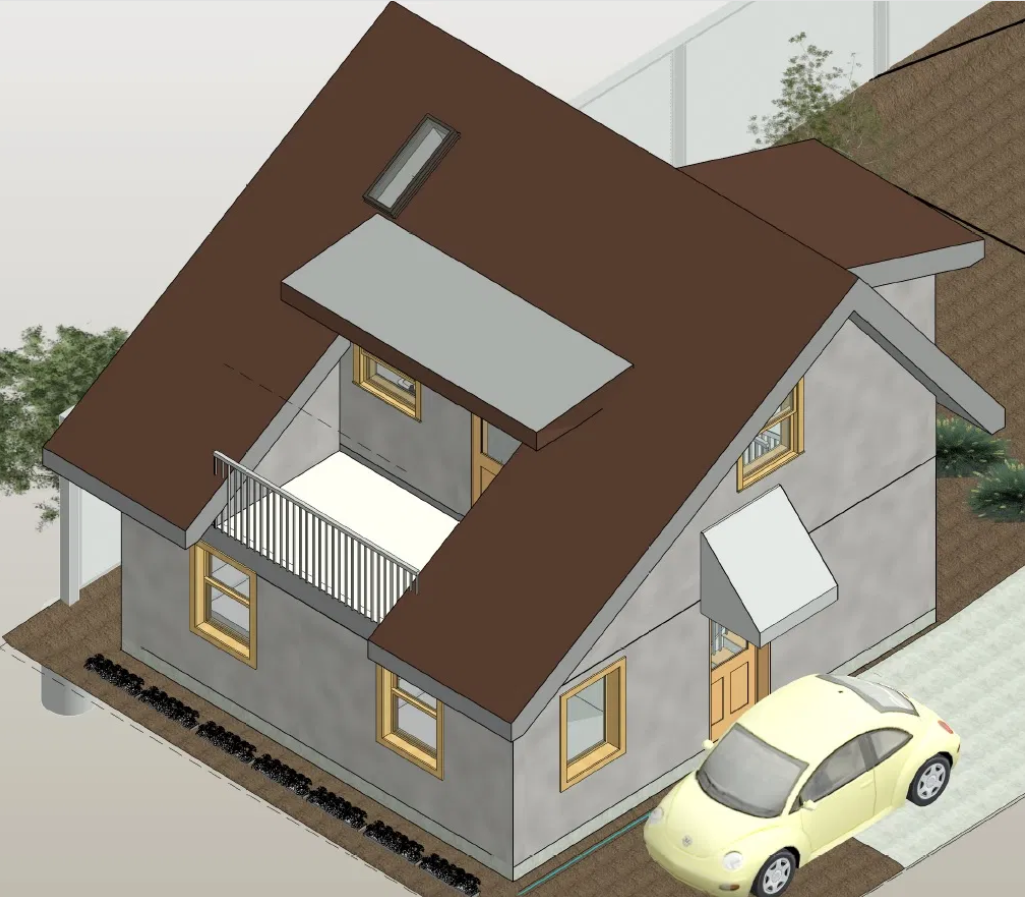
Construction loans provide more flexibility in utilizing your budget to get the most out of it. That may include expansions, hiring better designers, making payments to contractors, or even getting more luxury materials. Even when the initial budget seems sufficient, by upgrading it with a loan, you can get more quality in each segment and get more creative with design solutions.
As Robert Kiyosaki says, there is good debt, and there is bad debt. To apply for a loan and mortgage to upgrade your living standard, which gives you better mental and physical health, especially if you can collect rental income, is good debt.
So, do not be afraid to get into a good debt if the end result will give
you a better financial outcome as well as more comfort and mental health.
After all, life is too short and we should live it to the fullest!
By Aryo Falakrou (My Home Designer)
Ernest is a 61 year young who lives with his wife in a spacious house which, at the moment they come to our story, has long begun to show signs of ageing. Little by little, problems kept getting bigger, and the house needed a major repair. The question was, how to decide between renovation and building a new house.
One day, Ernest had decided to finally do something about it. He asked himself: Is it a good idea to repair the old house? How much a full renovation would cost? Is there a better solution? What would be more beneficial – renovation, or building something new?
Ernest realized that it would be best to investigate all options first. He started by asking neighbours and friends for opinions. Naturally, everyone had their own idea about what should be done.
The problem here is an utterly personal perspective. People have good intentions, but they can’t know what’s best for you, especially when it comes to your home. It’s all about different lifestyles, different habits, different needs. And when it comes to the matter of aging in place—different health.
One idea started to make sense, though. Why spending a significant budget on a renovation if it’s possible to build a new house instead? But then again, could such an investment really pay off?
What Ernest didn’t think of, at first, was consulting a design professional. He did make a call to the municipal hall in order to find out regulations that would help him decide. Mostly he was interested in how many square feet of a new house he could build.
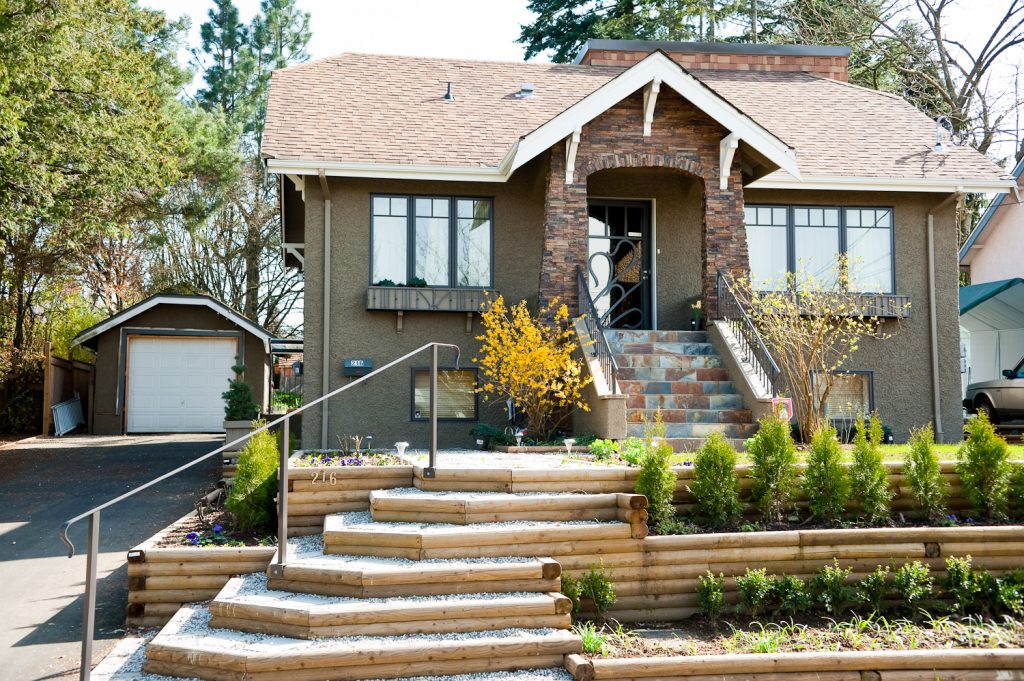
He discovered that it was possible to build a duplex house with two laneway houses, and two secondary suites on each side (ADU). This way, he could live on one side of the duplex and have a laneway house and the suites for renting. Naturally, a secondary suite sounded like a great way to secure some passive income for his retirement. Ernest realized that if he could also manage to sell the other side of the duplex, it would pay off the construction cost.
But as we are getting older, we start craving more quietness, peace, and privacy. Ernest understood that, very soon, he might come into a situation to regret the original idea. Having too many people roaming around his property sounded tiring by itself. Having the same but with a bunch of strangers on top…well, let’s say he cooled off the idea pretty fast.
Yes, it would be great to have a new house, and even better if the project could pay itself off—but not at the cost of his privacy. After reviewing all options once more, it was clear that he and his family would do better if they build a duplex without any ADU’s.
Once again, Ernest picked up his phone and called several local builders for an interview. He thought it would help him choose which one to hire. Then was the moment to meet Aryo, whom he found by filling an online form.
The first question he asked Aryo was if he had any experience building duplexes in the area. Of course, the answer was positive.
“But, before we go further about my experience, let’s talk about your project and your goals.”

After a long conversation, Aryo found out a lot of interesting facts. First of all, it turned out that Ernest did not really think his project through, not nearly enough. He failed to consider the age he was approaching and too many difficulties it will gradually bring. Moreover, he planned to build a tri-story duplex on each side, featuring less than 600 square feet on each floor.
Like many others, Ernest believed that living in a brand new, beautiful, and shiny house would be enough. The truth beyond, however, was different. Just any kind of new, shiny house wouldn’t bring the kind of happiness he imagined.
Aryo explained to Ernest why it’s good to have a proper, thoughtful plan. He elaborated on the significance of hiring a professional designer – and not just any. What he needed was a designer who takes into consideration the occupant’s lifestyle so that the final project would maximize personalized functionality. That way, the outcome would be much more beneficial for Ernest and his wife in the long-term.
Such kind of consultation is rarely, if ever, offered by a builder. Not that the builders don’t care—on the contrary. But there’s a difference in knowledge and approach. A good builder knows how to build a sturdy, reliable, good quality house that the homeowner has ordered. But what if the homeowner doesn’t know what he wants, or what is good for him/her in the first place? Then a proper consultation can make all the difference between a disaster and a happy ending.
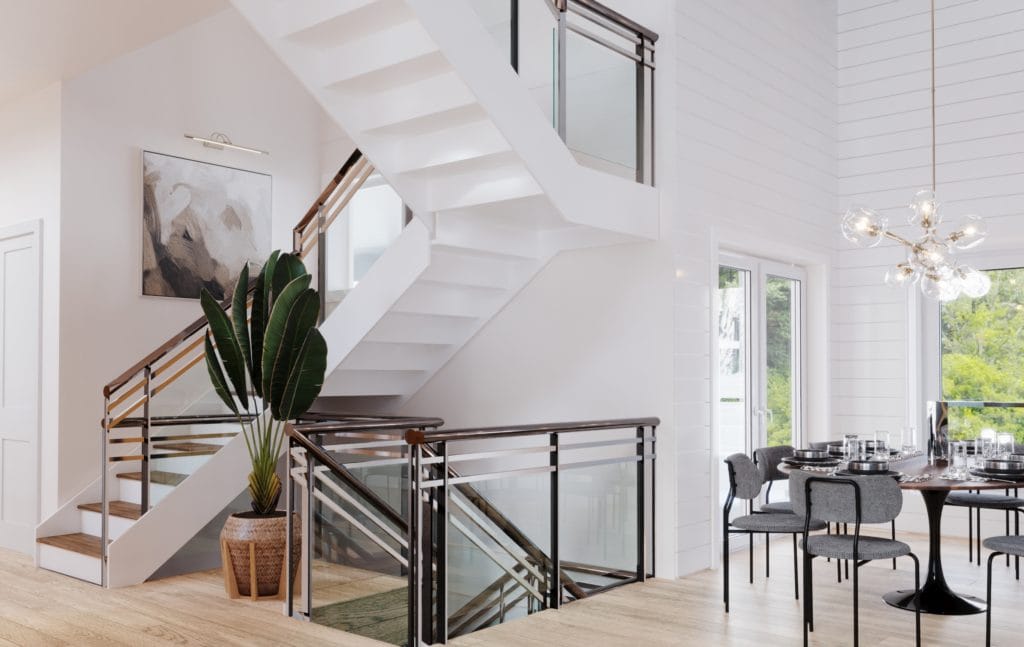
Aryo and Ernest talked for many hours. Their brainstorming paid off, and the plan slowly started to come up. Ernest was surprised to find out just how many small but significant details he was missing to consider.
The idea of having to climb endless stairs, many times a day, suddenly exploded in all colors. Indeed, his original ideas were very fashionable, and those floating staircases could have been gorgeous. But now Ernest also realized that he would probably end up establishing a mini studio on the ground level in just a couple of years, merely to eliminate the need for endless climbing.
Aryo knew that sooner than later, the couple would probably regret the decision. When your knees are hurting, and your muscles are weak, the last thing you want is a challenge in maintaining personal hygiene. There was no reason why Ernest’s wife should give up her dream of a fancy new tub. The thing was to have a proper one, as functional and approachable as striking in design.
In the end, Ernest decided to build a house quite different from what he originally intended. But he was delighted to do so. The new project was smart, thoughtfully designed, and full of handy amenities that would add to the quality of their lives in fifteen years just as much as they do now.

An outstanding design professional will compose the house that fits the homeowner’s lifestyle of today, as well as ten years or more in the future.
A designer who thinks outside the box doesn’t focus solely on what a client desires today. Many times, the homeowner is simply not aware of what lies ahead or even what would be best for him/her. Both renovation or building a new home can bring significant overall improvements if done correctly.
A good designer should really get to know his client. He will think about the homeowners’ present lifestyle as much as about all changes that will come to their life. Often, these changes involve newcomers (babies, in-laws) or a need for rental income, lifestyle improvement, even upgrading to catch up with new trends.
As homeowners, we often think that we are the only ones who know what is best for us and our houses. Some even believe that a professional designer is a redundant category, who will do the same as we would, but also charge for it. The truth, though, is somewhat different.
You certainly know what your needs are….right now. Aging brings challenges that we might not be aware of until we face them, and that moment might not be the best time to do something about it. Thinking ahead is the key, but how to think ahead if we don’t know what will come? And if we don’t know what is ahead of us, then how could we even think of preventing the issues?
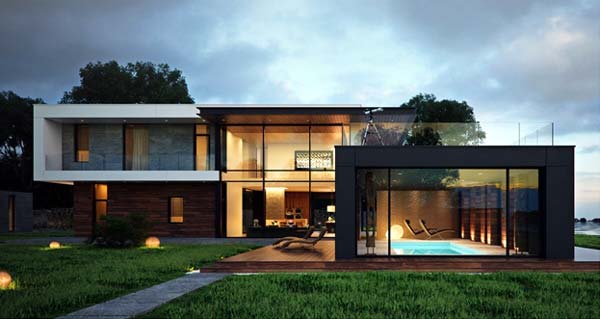
That’s where a good designer comes to the scene in full glory. A good designer has abundant experience in preventing issues. Not because he faced all of them, but because his clients did. One by one, they kept facing and solving different problems, learning a lot in the process. That is why a designer might know some things better than you. In a certain way, he was already there.
Before you start a major renovation, building a new house, making a considerable investment, dig deep down all the challenges that might come to your life. Pinpoint them and design your house with the future in mind. And the moment you find an obstacle, ask for professional assistance that will help you determine all necessities and come up with the appropriate solution that matches not only your lifestyle but your personality as well.
By Aryo Falakrou (My Home Designer)
You can see how this popup was set up in our step-by-step guide: https://wppopupmaker.com/guides/auto-opening-announcement-popups/
Error: Contact form not found.



